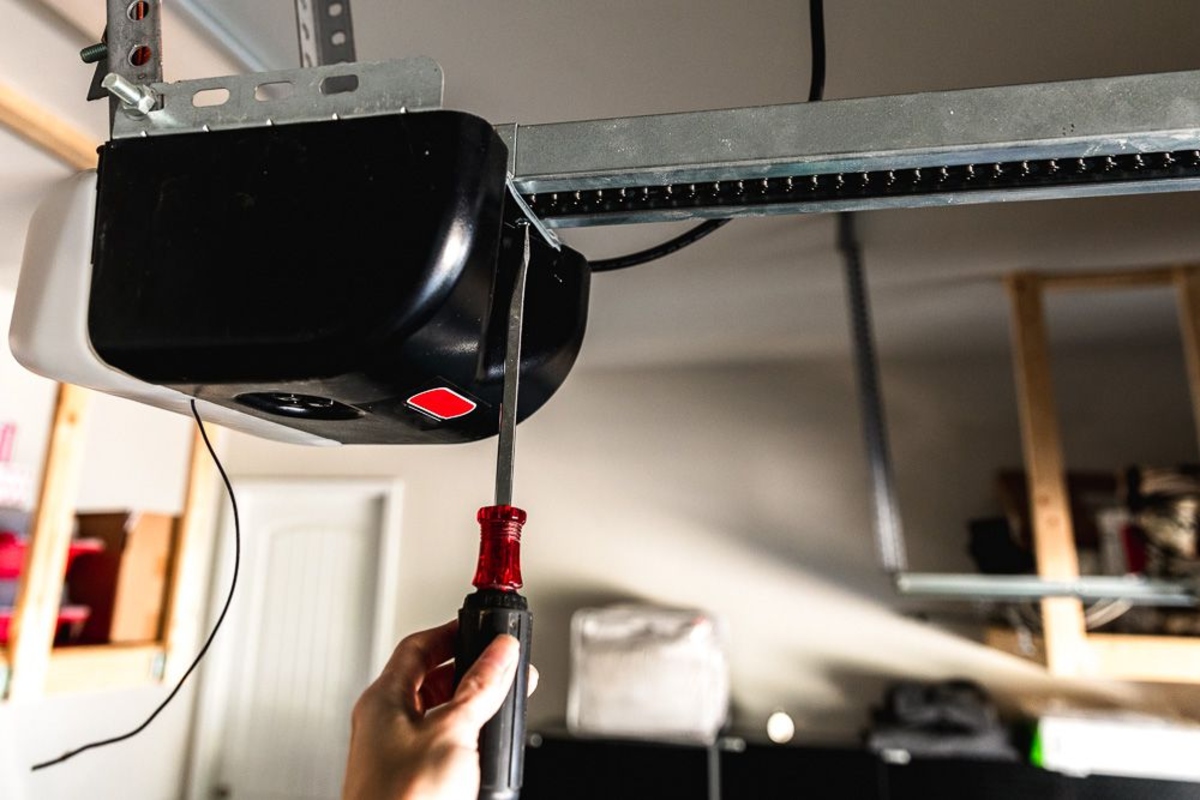

Articles
Why Is My Garage Door Opener Not Working
Modified: January 6, 2024
Discover common reasons why your garage door opener is not working and learn how to fix it with our informative articles.
(Many of the links in this article redirect to a specific reviewed product. Your purchase of these products through affiliate links helps to generate commission for Storables.com, at no extra cost. Learn more)
Introduction
Having a garage door opener is a convenient and time-saving feature for any homeowner. However, when your garage door opener suddenly stops working, it can be a frustrating and perplexing situation. From power issues to sensor malfunctions, there are several reasons why your garage door opener may not be functioning properly.
In this article, we will explore the most common causes of garage door opener problems and discuss potential solutions for getting your garage door opener back up and running smoothly. Whether you are experiencing issues with the remote control, sensors, track obstructions, or motor, this article will guide you through the troubleshooting process.
Understanding the possible causes of garage door opener issues can help you identify the problem and determine the best course of action. So, let’s dive into the different factors that can contribute to a malfunctioning garage door opener.
Key Takeaways:
- Don’t overlook power issues! Check the electrical outlet, remote control batteries, and wiring for any problems. Power surges can also affect the garage door opener, so unplug and reset if needed.
- Safety first! When dealing with sensor malfunctions, track obstructions, broken springs, or motor problems, it’s best to seek professional assistance. These components require careful handling to ensure safety and proper repair.
Power Issues
One of the first things to check if your garage door opener is not working is the power source. Ensure that the opener is plugged into a functioning electrical outlet and that the circuit breaker or fuse controlling the outlet has not been tripped or blown. In some cases, the power cord of the opener may be damaged or loose, so make sure it is securely connected.
If you have confirmed that the power source is intact, it’s also worth checking the batteries in the remote control. Weak or dead batteries can prevent the remote from sending signals to the opener. Replace the batteries with new ones and see if this resolves the issue.
In rare cases, there may be problems with the wiring between the opener and the electrical outlet. Inspect the wiring for any signs of damage, such as frayed or exposed wires. If you notice any issues, it is best to consult a professional to handle the electrical repairs.
Another factor to consider is power surges. Electrical surges can damage the circuit board in the garage door opener, causing it to malfunction. If you suspect a power surge may have occurred, try unplugging the opener for a few minutes and then plugging it back in. This can sometimes reset the circuit board and restore normal operation.
Lastly, check for any power outages in your area. Sometimes, the problem lies with the power supply from the utility company, and there may not be much you can do until the power is restored.
By addressing power-related issues, you are tackling one of the most common causes of garage door opener problems. If the power source is not the culprit, it’s time to move on to the next potential issue: remote control problems.
Remote Control Problems
If you find that the power supply to your garage door opener is functioning properly, the next area to investigate is the remote control. Remote control problems are often a common reason for a malfunctioning garage door opener.
First, check if the batteries in your remote control are fresh and properly inserted. Replace the batteries if needed and ensure they are oriented correctly. Sometimes, a simple battery replacement is all it takes to restore the functionality of the remote control.
If replacing the batteries doesn’t solve the issue, try reprogramming the remote control. Consult your garage door opener’s manual for specific instructions on how to reprogram the remote. This process usually involves pressing a combination of buttons on the back of the opener and then pressing the corresponding buttons on the remote control.
It’s also essential to check the range of your remote control. If you are too far away from the opener, the signal may not reach the receiver. Stand closer to the door and try operating the remote control again. Sometimes, obstructions like walls or other objects can interfere with the signal, so ensure you have a clear line of sight between the remote control and the opener.
If reprogramming and adjusting the range do not solve the issue, there may be a problem with the remote control itself. Consider getting a replacement remote or contacting the manufacturer for further assistance.
In some cases, the problem may not lie with the remote control but with the receiver in the opener. This can happen if the receiver’s antenna is damaged or the circuitry is faulty. If you suspect the receiver is the issue, it is best to contact a professional garage door technician to diagnose and fix the problem.
By troubleshooting and addressing remote control problems, you can increase the chances of resolving the issue with your garage door opener. If the remote control is not the cause of the malfunction, it’s time to move on to the next potential issue: sensor malfunctions.
Sensor Malfunctions
Garage door openers are equipped with safety sensors that prevent the door from closing if there is an object or obstruction in its path. These sensors are located near the bottom of the door tracks, facing each other. If something is blocking the sensors or if they are misaligned, it can prevent the door from operating correctly.
Begin by visually inspecting the sensors to ensure they are not dirty, obstructed, or misaligned. Remove any dirt, debris, or spider webs that may be covering the sensors. Use a soft cloth or a mild cleaning solution to gently wipe the lenses to ensure they are clean and free from any smudges or residue.
If the sensors are clean and free from obstructions, check their alignment. They should be facing each other directly, with no obstructions between them. Use a level to verify that they are aligned both vertically and horizontally. If necessary, adjust the sensors by gently adjusting their mounting brackets until they are aligned correctly.
It’s worth noting that sensor malfunctions can also occur if the sensor wires are damaged or disconnected. Inspect the wires leading from the sensors to the opener and check for any signs of damage, such as cuts or fraying. Ensure that the wires are securely connected to the opener, and if needed, repair or replace any damaged wires.
Once the sensors are clean, aligned, and properly connected, test the garage door opener to see if it functions correctly. If the problem persists, there may be an issue with the sensor’s circuitry or the opener’s logic board. In such cases, it is recommended to seek the assistance of a professional technician to diagnose and resolve the problem.
By addressing sensor malfunctions, you can ensure that your garage door opener operates smoothly and safely. If the sensors are not the cause of the issue, it’s time to investigate the next potential problem: garage door track obstructions.
Check the power source and make sure it’s plugged in. Also, check the batteries in the remote and replace if necessary. If the problem persists, consult the user manual for troubleshooting tips or contact a professional for assistance.
Garage Door Track Obstructions
Obstructions in the garage door tracks can impede the proper functioning of the door and cause issues with the opener. Common obstructions include debris, dirt, leaves, or even small objects that have fallen into the tracks. These obstructions can prevent the door from opening or closing smoothly.
Start by visually inspecting the tracks for any visible debris or obstructions. Use a broom or a shop vacuum to clean out any dirt, leaves, or other debris from the tracks. Pay close attention to the areas where the door rollers make contact with the tracks, as this is where obstructions are most likely to occur.
While cleaning the tracks, also check for any signs of damage or misalignment. Ensure that the tracks are securely fastened to the walls and ceiling of the garage. If you notice any bends, dents, or other significant damage to the tracks, it is best to contact a professional for repairs.
Once the tracks are clean and free from obstructions, test the garage door opener to see if it operates correctly. If the door still doesn’t move smoothly or if it gets stuck, there may be a problem with the rollers or the door itself. In this case, it is advisable to seek the assistance of a professional garage door technician to inspect and repair the door.
By addressing any garage door track obstructions, you can ensure that the door opens and closes smoothly and efficiently. If track obstructions are not the cause of the problem, it’s time to investigate the next potential issue: broken springs or cables.
Read more: Why Is My Garage Door Opening By Itself
Broken Springs or Cables
The springs and cables of a garage door play a crucial role in its operation. Springs provide the necessary counterbalance, while cables help in lifting and lowering the door. If either of these components becomes damaged or broken, it can cause the garage door opener to malfunction.
If you suspect that you have broken springs or cables, it is essential to exercise extreme caution. These components are under high tension and can cause serious injury if mishandled. It is highly recommended to seek the assistance of a professional garage door technician to inspect and repair or replace the springs or cables.
Signs of broken springs include a door that is unevenly balanced, struggles to lift, or slams shut with excessive force. If you observe any of these symptoms, it is likely that the springs are broken or worn out. Cables, on the other hand, may exhibit signs of fraying or visible damage.
Attempting to repair or replace springs or cables yourself can be dangerous and can potentially worsen the problem. A professional technician will have the knowledge, skills, and tools required to safely handle and replace these components.
By addressing broken springs or cables, you can restore the proper functionality of your garage door opener. If the issue persists even after fixing these components, it’s time to examine the next potential problem: motor problems.
Motor Problems
The motor is the heart of a garage door opener, responsible for powering the movement of the door. If the motor is experiencing issues, it can cause the opener to malfunction or stop working altogether. Here are some common motor problems to consider:
1. Overheating: If the motor gets overheated, it may automatically shut off to prevent further damage. This can happen if the motor is old or if it’s continuously operating for an extended period. Allow the motor to cool down and try operating the opener again. If the problem persists, it may be necessary to seek professional assistance to inspect and potentially replace the motor.
2. Worn-out motor: Like any mechanical component, the motor of a garage door opener can wear out over time. Signs of a worn-out motor include excessive noise, slow operation, or inconsistent movement of the door. If your opener has an older motor and is exhibiting these issues, it may be time to consider replacing the motor with a newer, more efficient model.
3. Motor circuitry issues: The circuitry within the motor can also contribute to problems. Faulty wiring, burned-out components, or a malfunctioning circuit board can impact the motor’s performance and lead to opener malfunctions. In such cases, it’s best to consult a professional technician who can diagnose and resolve the issue.
4. Lack of maintenance: Regular maintenance is crucial for keeping the motor in good working condition. Lack of lubrication, dirt buildup, or loose connections can affect the motor’s performance. It’s important to follow the manufacturer’s guidelines for maintenance and schedule periodic inspections to keep the motor running smoothly.
5. Power surge damage: Power surges can damage the motor’s circuitry, leading to operational issues. If you suspect a power surge has occurred, try resetting the opener and see if that resolves the problem. If not, it may be necessary to seek professional assistance to diagnose and repair any damage caused by the power surge.
Addressing motor problems may require the expertise of a professional garage door technician. They can diagnose the issue, determine the best course of action, and perform any necessary repairs or motor replacements. Ensuring that the motor is in good working condition is vital for the proper functioning of your garage door opener.
By addressing potential motor problems, you can restore the functionality of your garage door opener and enjoy the convenience and security it provides. If despite troubleshooting all these issues, your garage door opener is still not working, it is recommended to contact a professional technician for further assistance.
Conclusion
A malfunctioning garage door opener can be a frustrating experience, but with proper troubleshooting, many common issues can be resolved. By understanding the potential causes of problems, such as power issues, remote control problems, sensor malfunctions, garage door track obstructions, broken springs or cables, and motor issues, you can take the necessary steps to rectify the situation.
Start by checking the power supply, ensuring that the opener is receiving power and that the remote control has fresh batteries. If the problem persists, move on to inspecting and troubleshooting the remote control, sensors, and garage door tracks. Clean any obstructions, align misaligned sensors, and remove any debris from the tracks.
If the problem persists or you suspect broken springs or cables, it is crucial to seek professional assistance. These components are under high tension and can be dangerous to handle without the proper knowledge and tools. A professional technician can safely repair or replace the necessary parts.
In some cases, motor problems may be the cause of a malfunctioning garage door opener. Consider factors such as overheating, worn-out motors, motor circuitry issues, lack of maintenance, or power surge damage. For motor-related issues, it is recommended to consult a professional technician who can diagnose and resolve the problem.
Throughout the troubleshooting process, it is essential to prioritize safety. If you are unsure or uncomfortable with any aspect of the inspection or repair, it is best to rely on professional expertise. They have the knowledge and experience to address the intricacies of garage door opener systems with precision and safety in mind.
In conclusion, a non-functioning garage door opener can be a frustrating situation, but by understanding the potential causes and employing proper troubleshooting techniques, you can overcome these challenges. Regular maintenance, timely repairs, and professional assistance when needed can help ensure the smooth and reliable operation of your garage door opener for years to come.
Frequently Asked Questions about Why Is My Garage Door Opener Not Working
Was this page helpful?
At Storables.com, we guarantee accurate and reliable information. Our content, validated by Expert Board Contributors, is crafted following stringent Editorial Policies. We're committed to providing you with well-researched, expert-backed insights for all your informational needs.
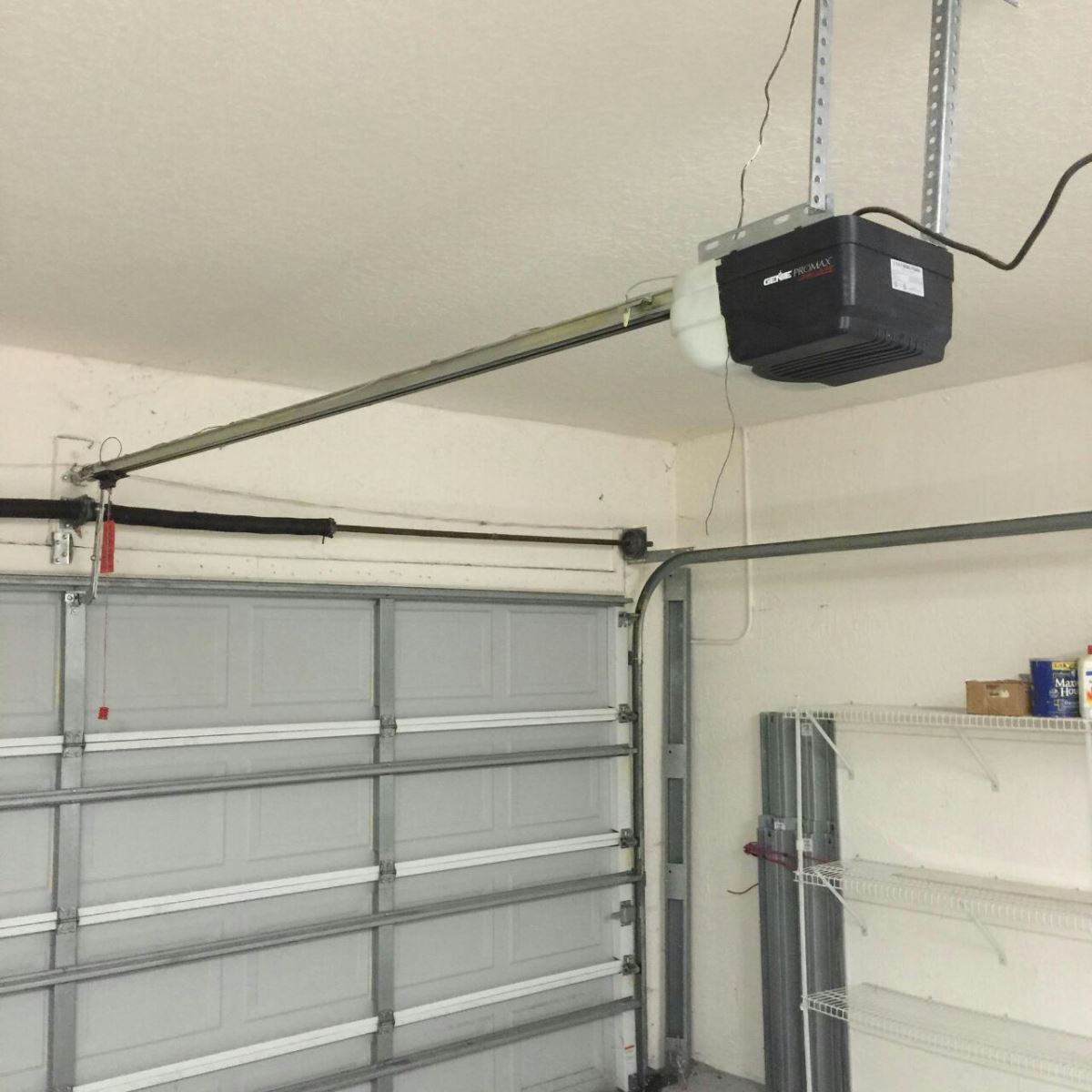
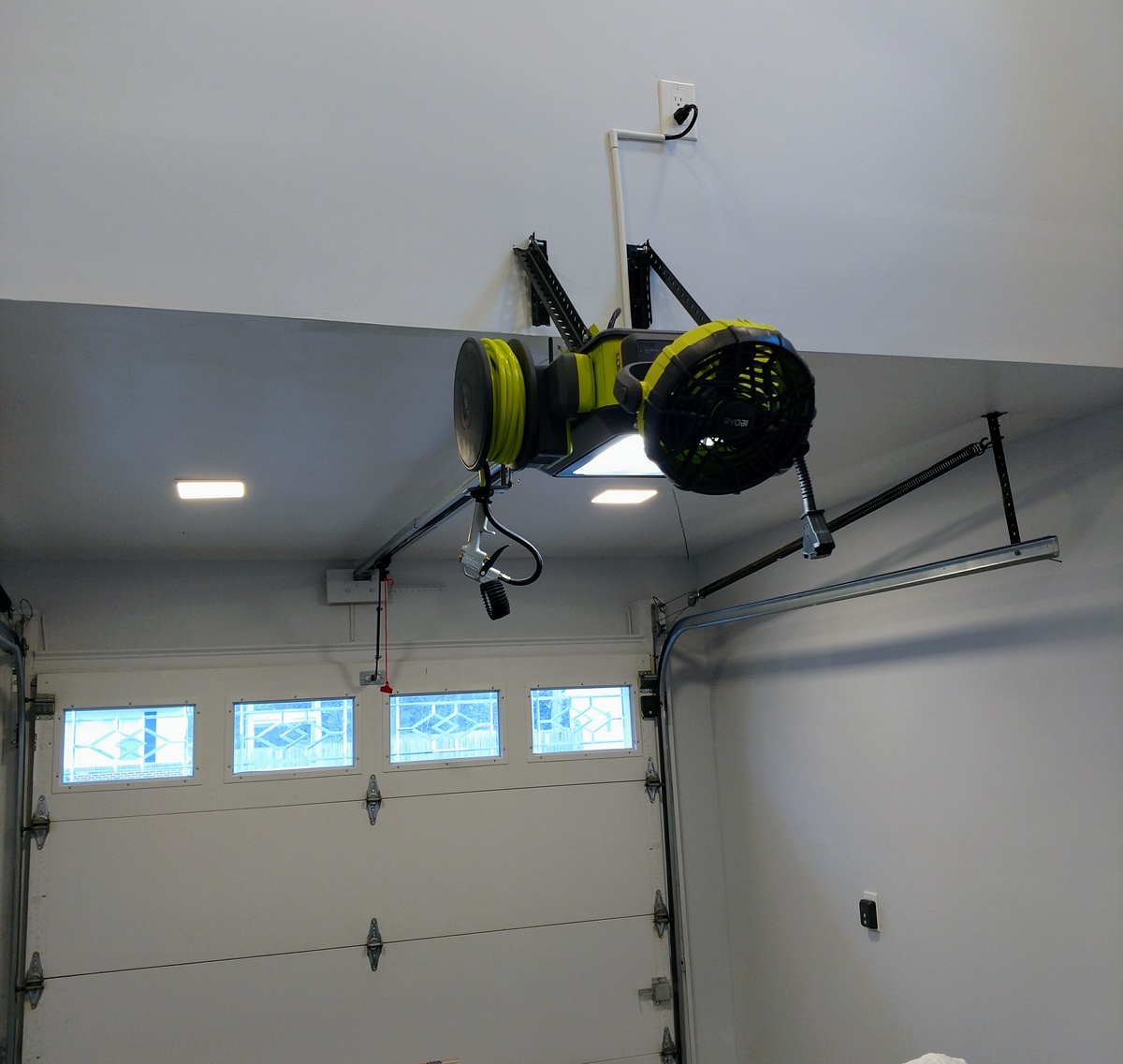
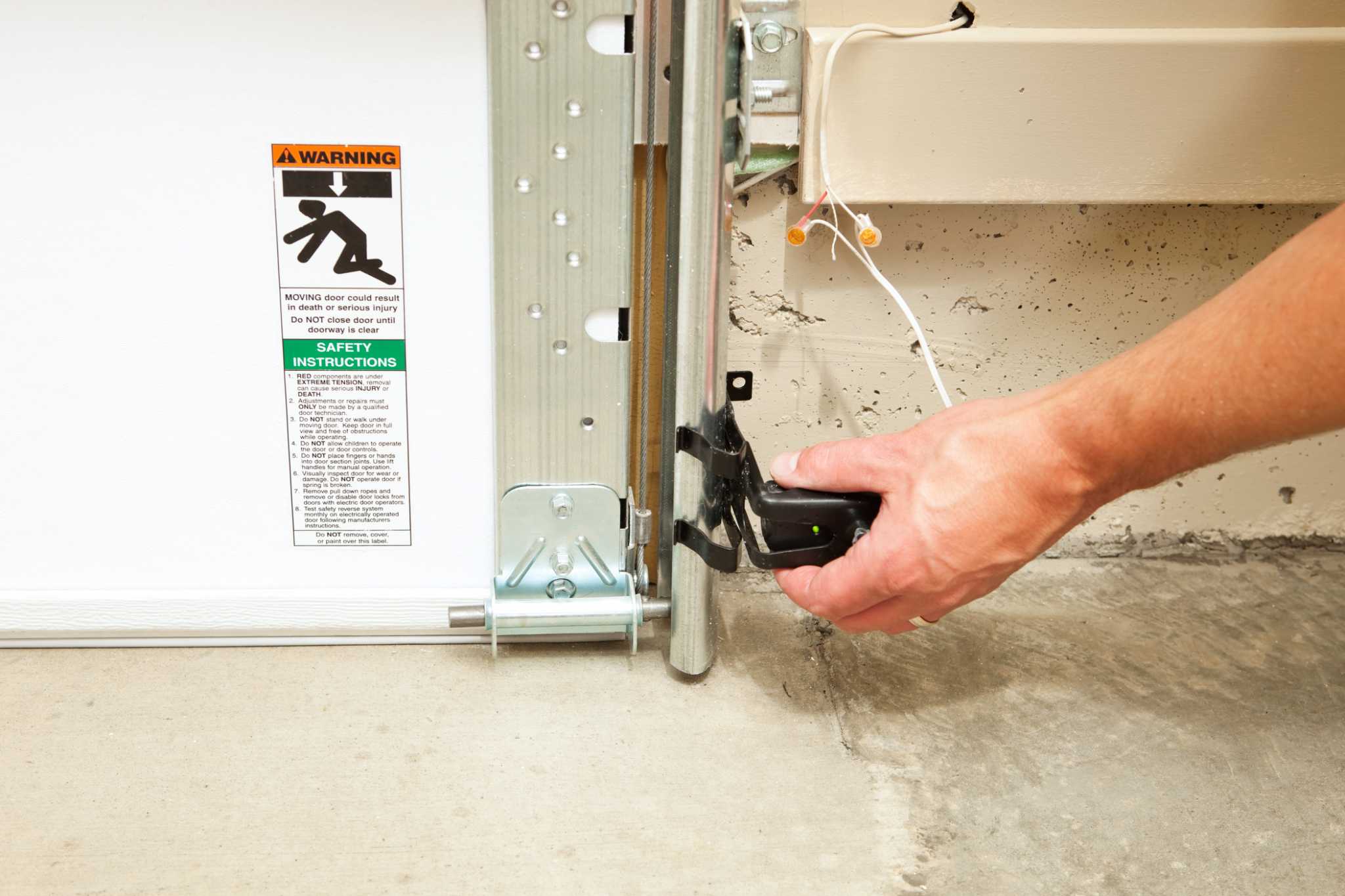
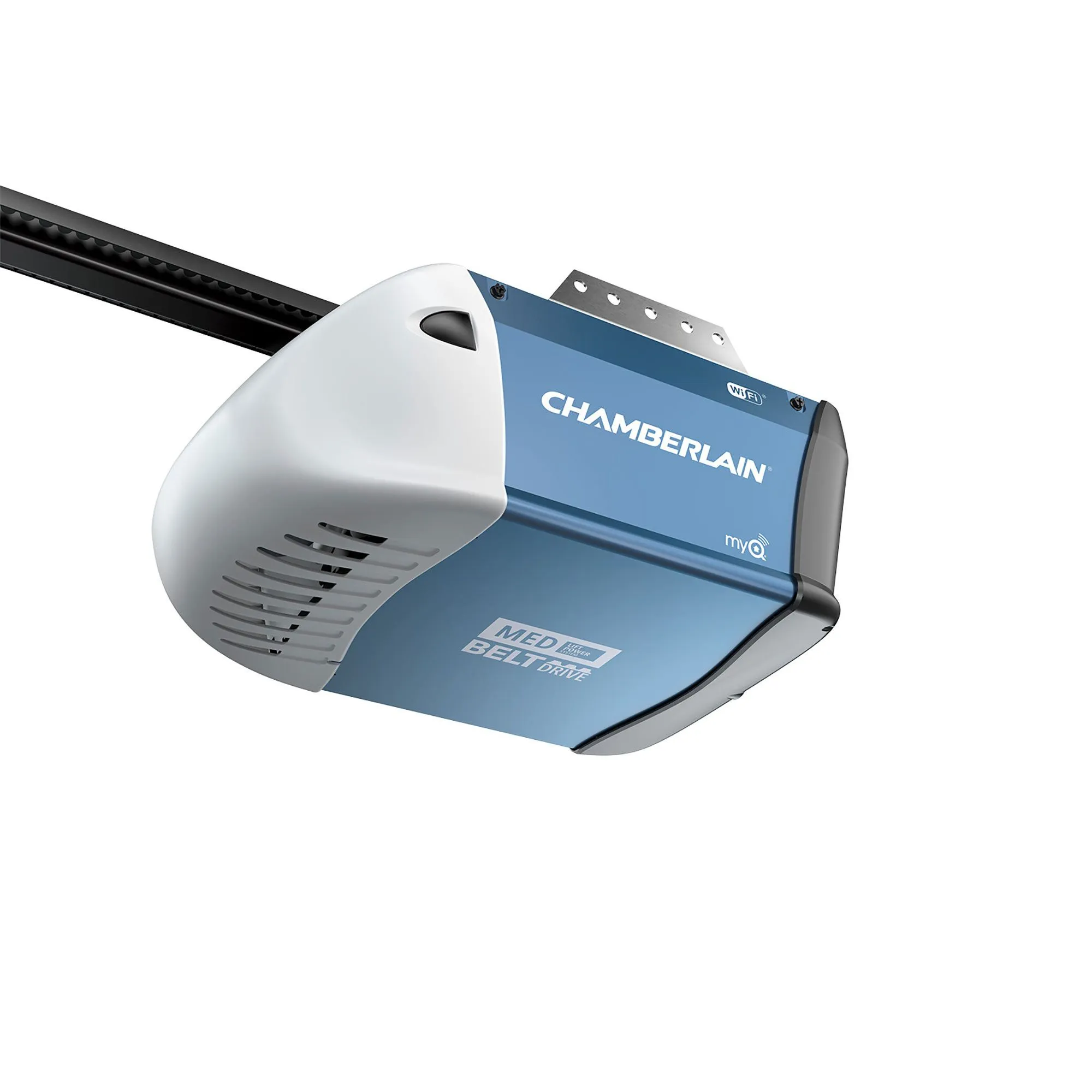
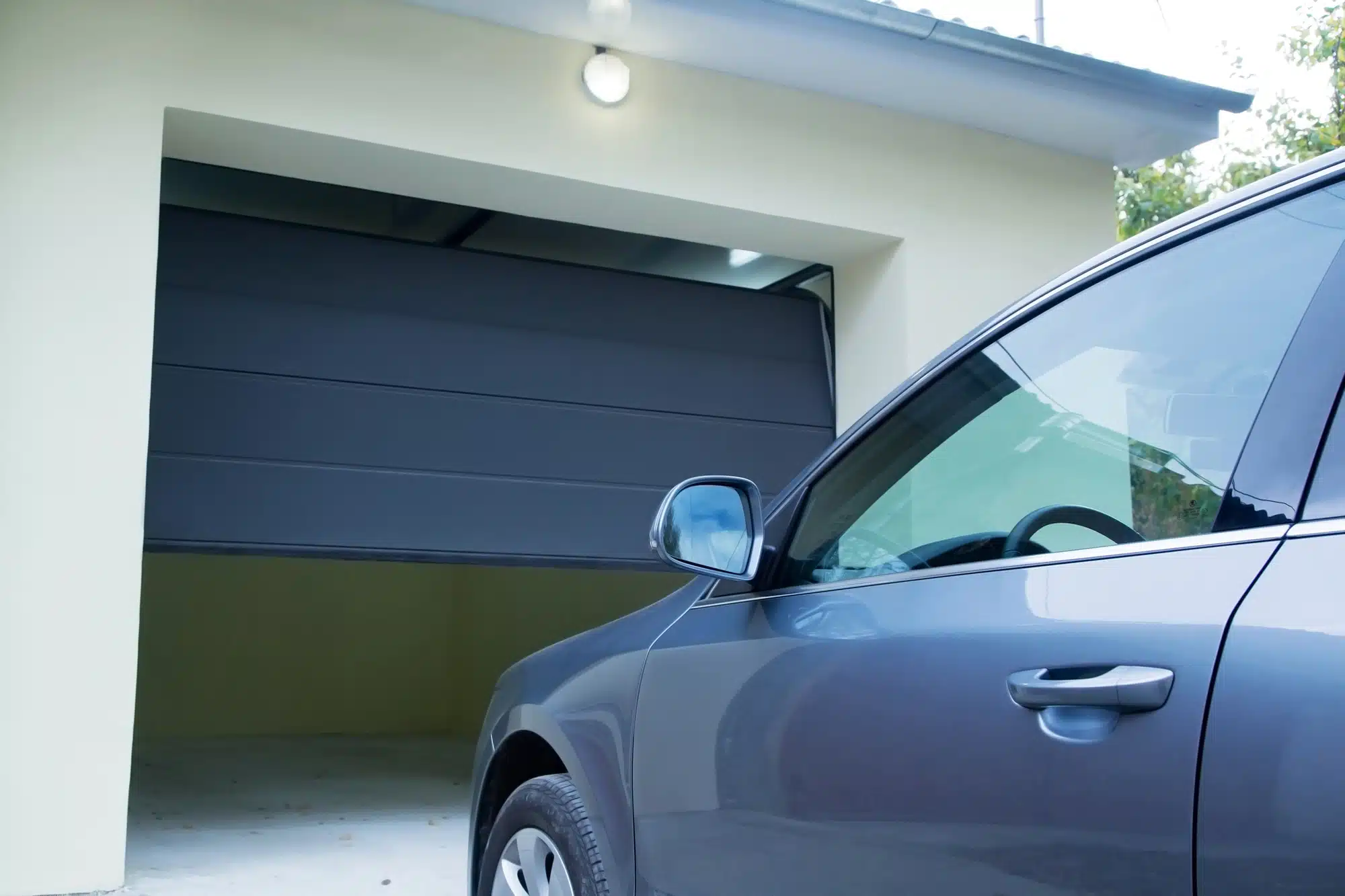
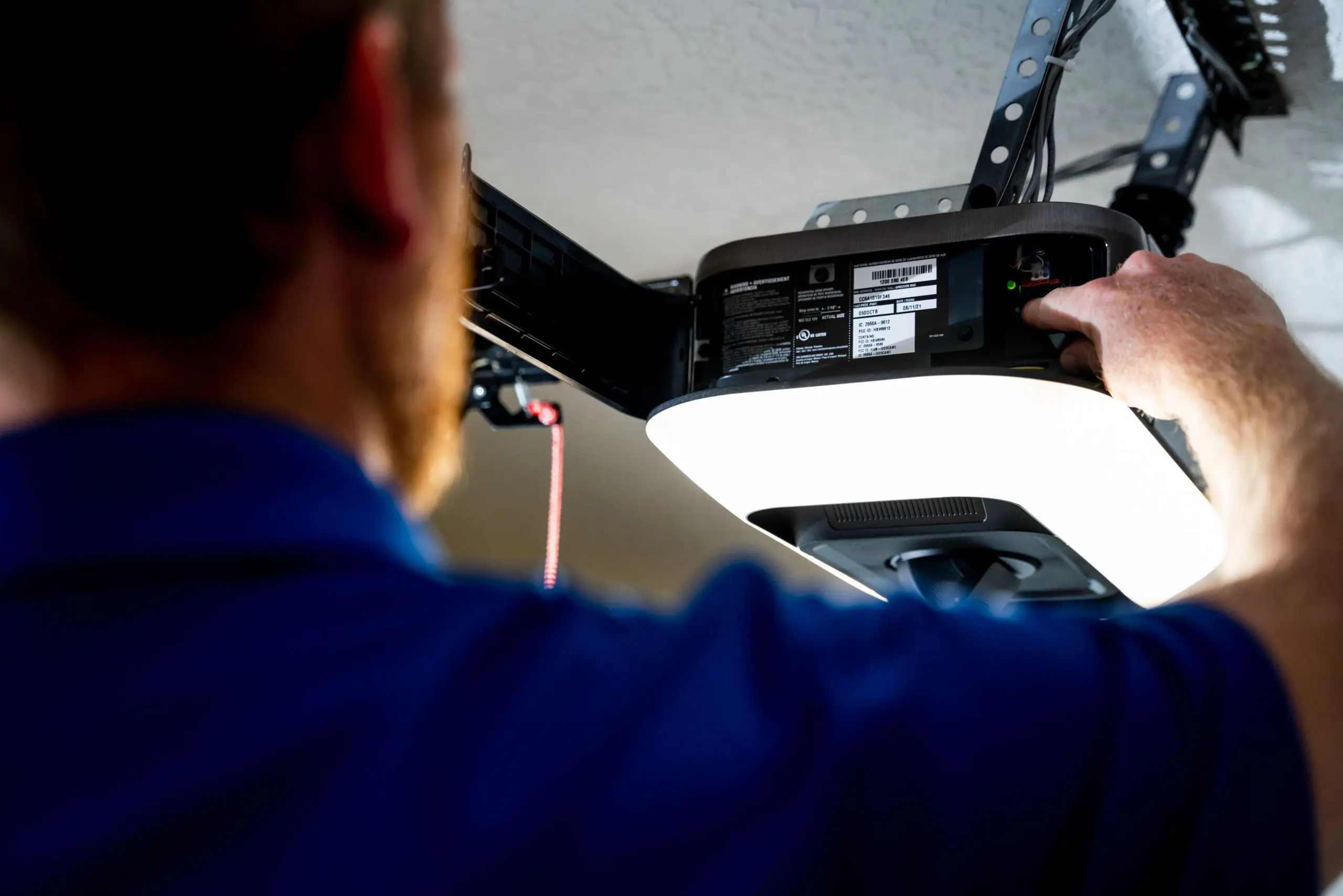
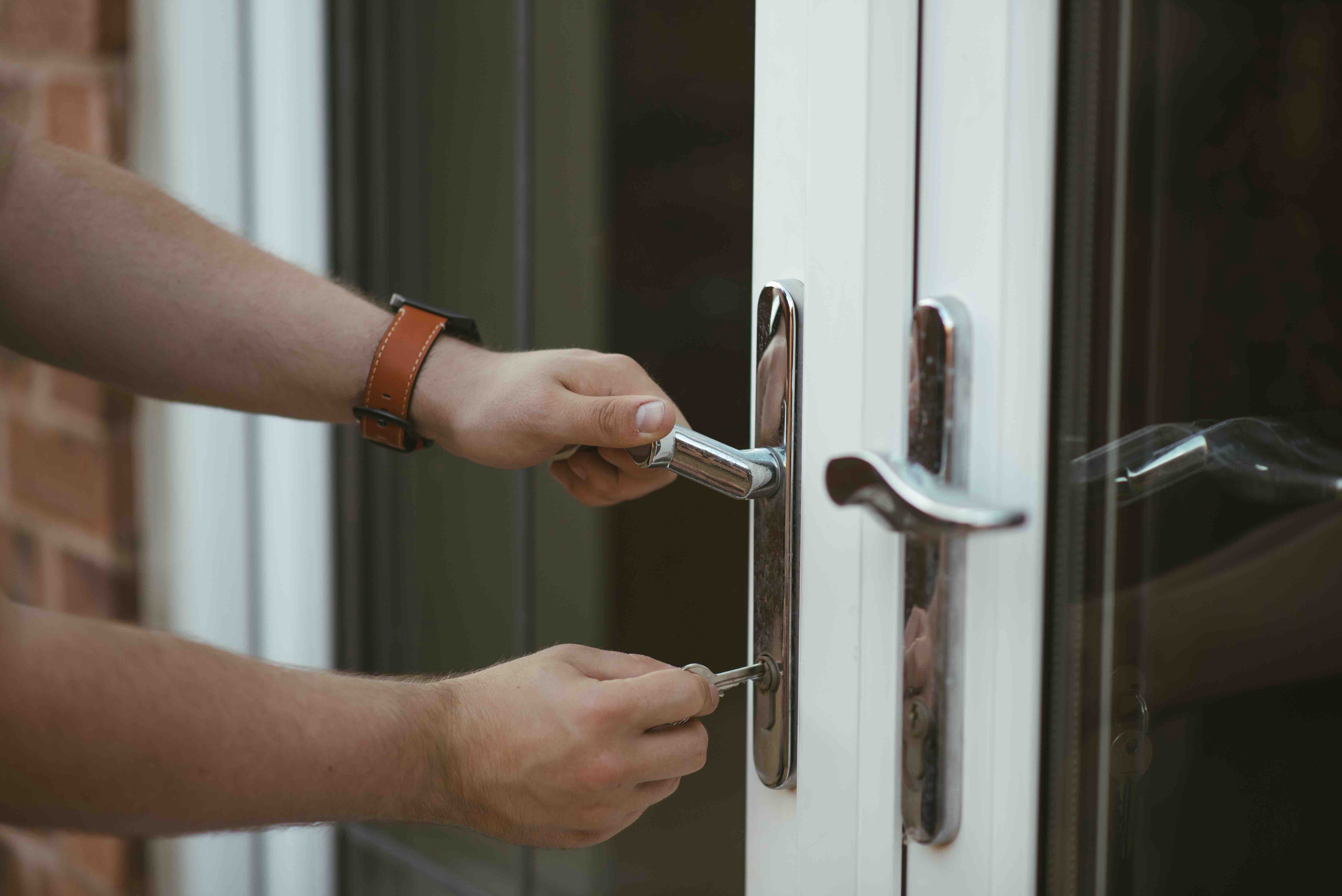
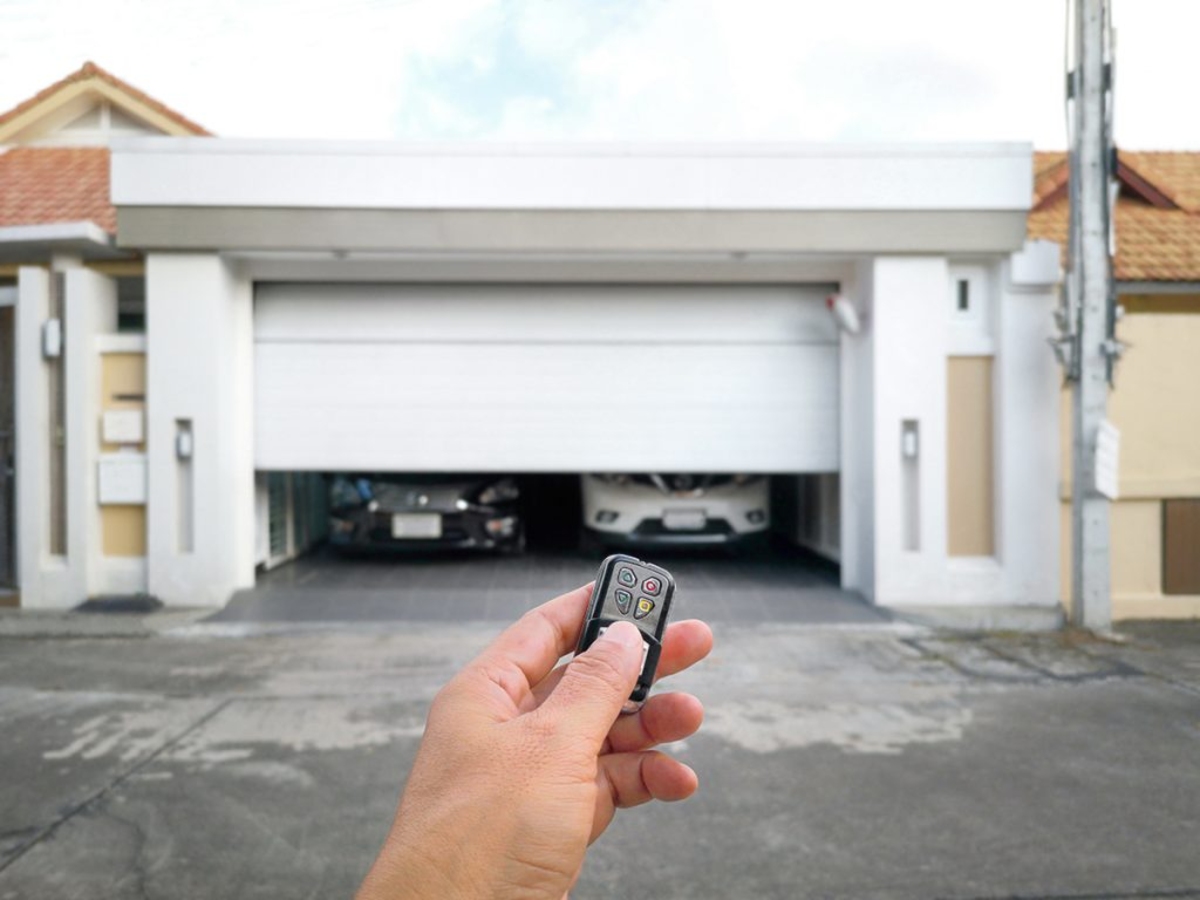
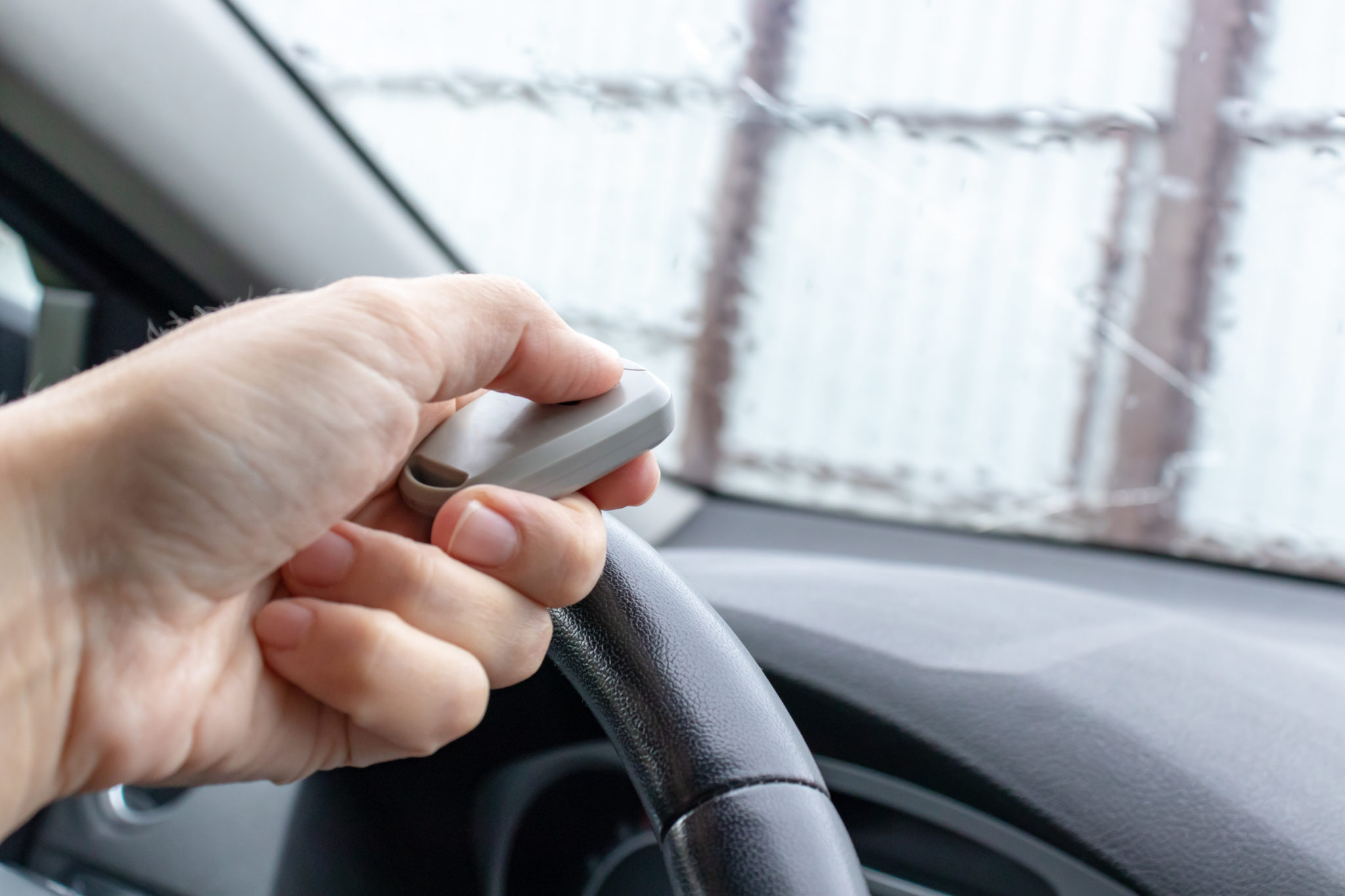
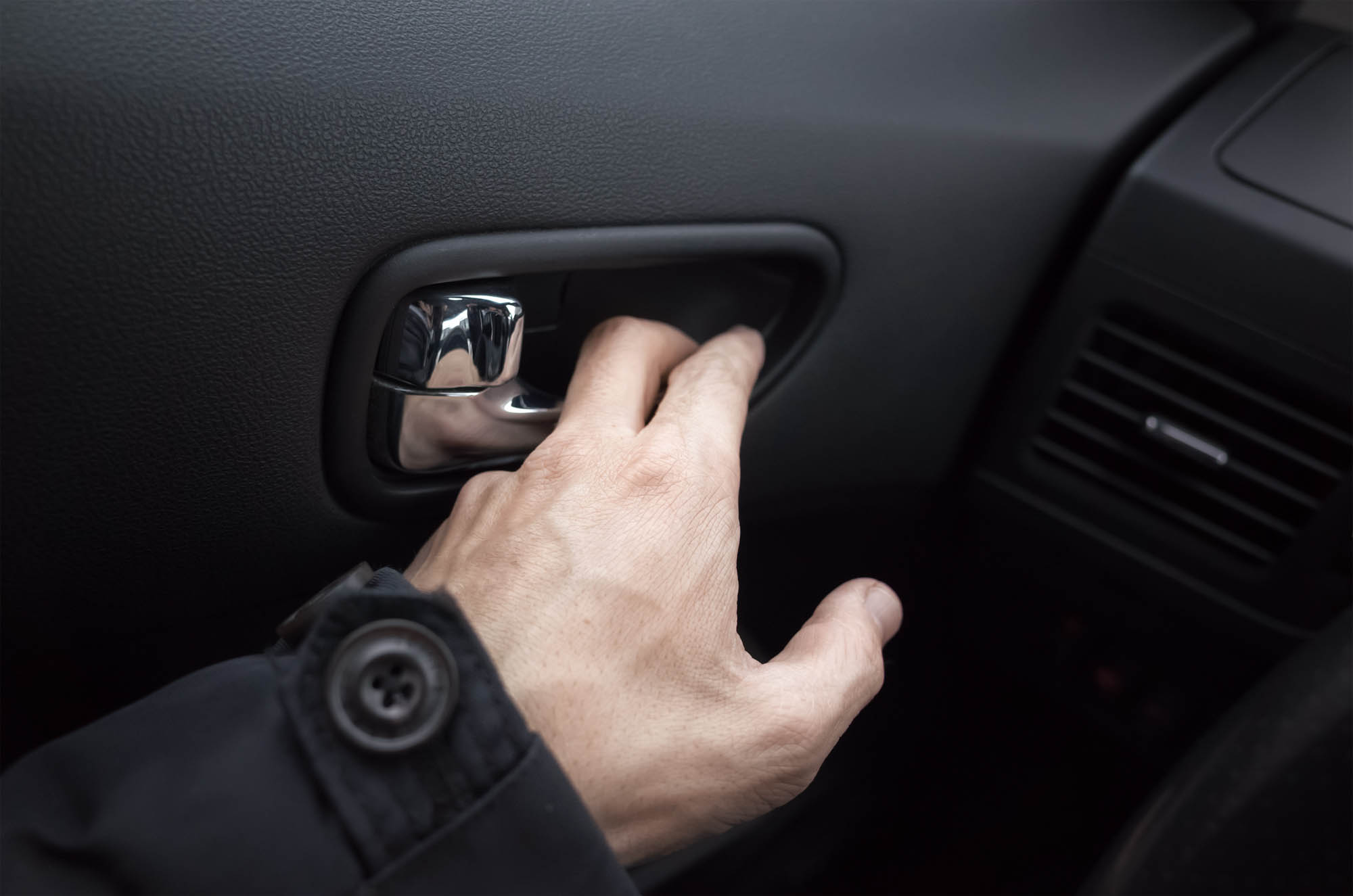
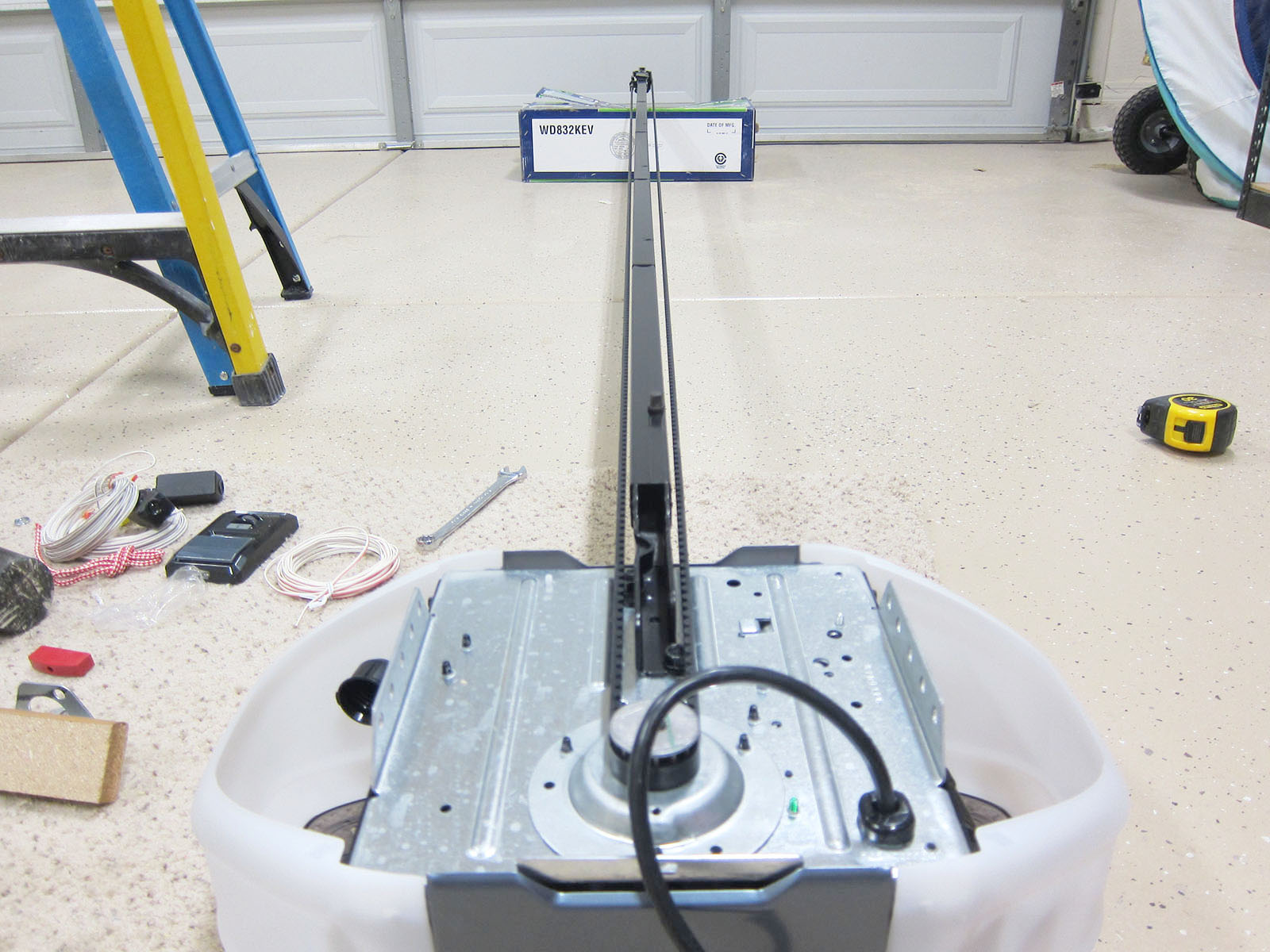
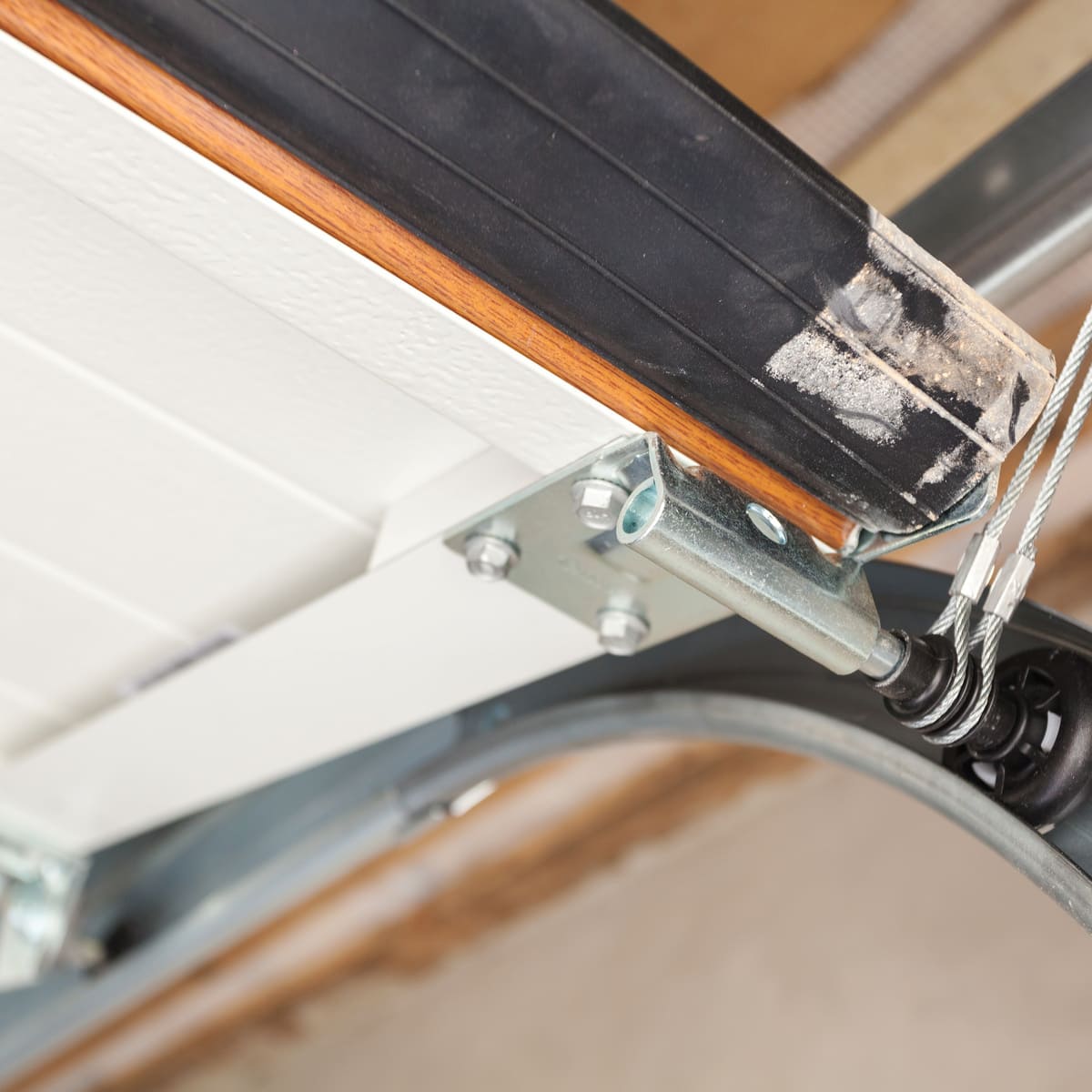
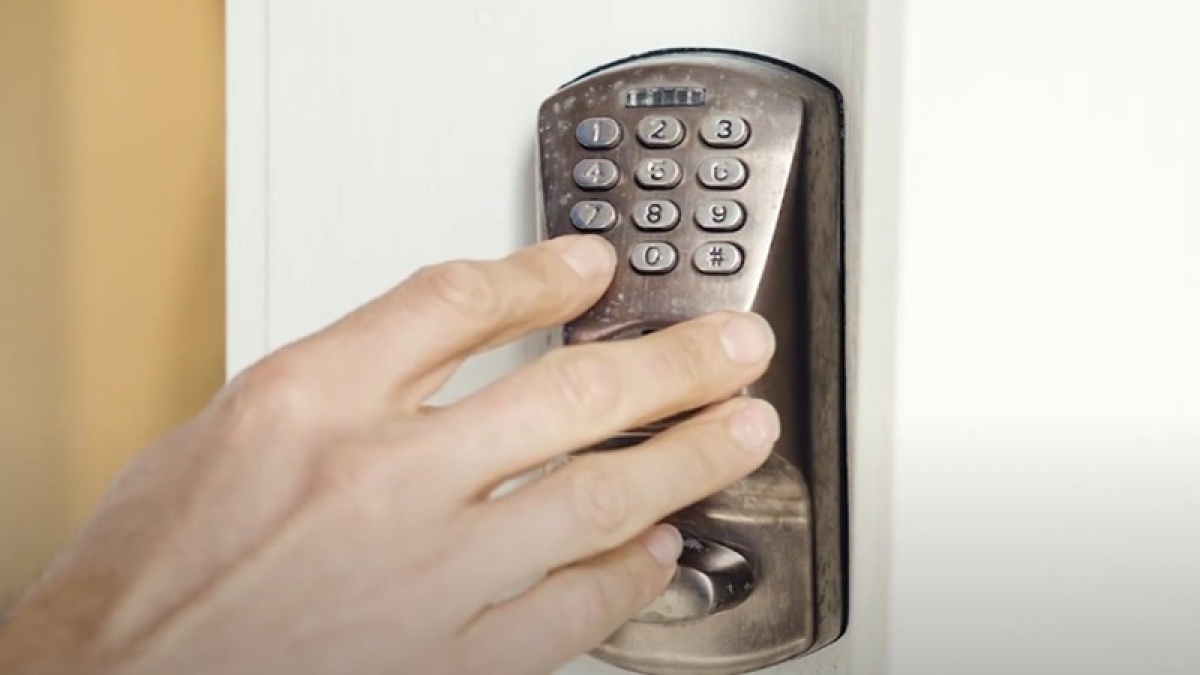
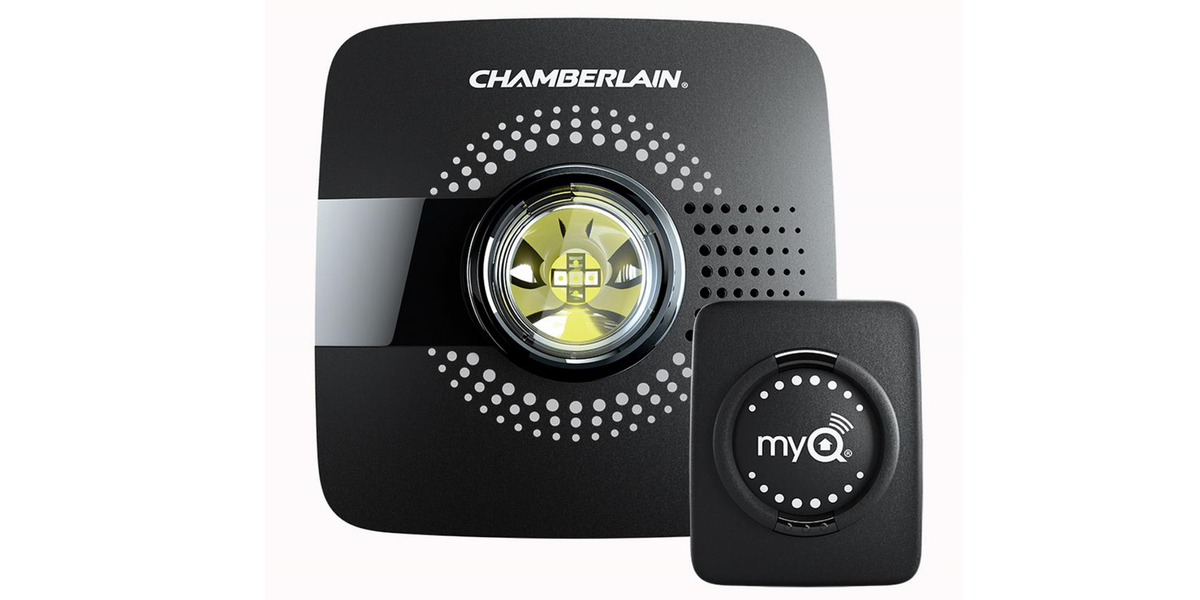

0 thoughts on “Why Is My Garage Door Opener Not Working”